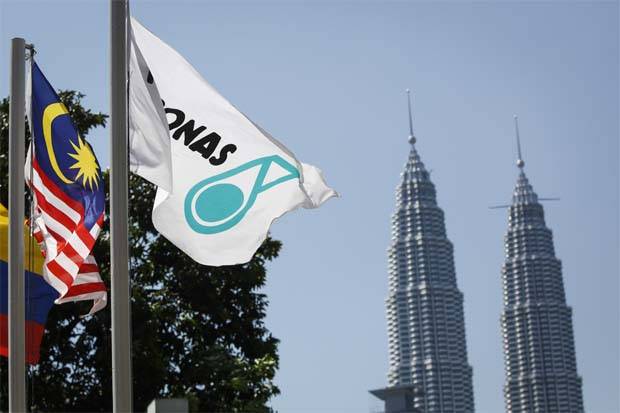Malaysia: Fiscal deficit strain and limited monetary ammunition
OIL markets are crashing at the worst rate since the first Gulf War in 1991 amid a price war between Russia and Saudi Arabia. What we are witnessing now is similar to the 2008-2009 financial crisis – in which part of the rout could be attributed to panic selling.
In a rush to find haven assets, the 10-year US Treasury yield plunged to a record low of 0.5% – the sharpest rally for US sovereign debt in more than a decade. In Malaysia, the 10-year MGS yield plummeted to an all-time low of 2.76%.
But this time around, the economic impact from the drop in oil prices due to Russia’s reluctance to join Opec members could potentially result in serious geopolitical consequences in the Gulf area.
Although major net oil exporters may be able to manage the crisis to some extent, challenges will emerge when their gross domestic product (GDP) growth continues to face downside risk compared to the rest of the world. Also, if spot crude oil prices fall well below their fiscal breakeven prices, it will heighten the challenge on their fiscal situation.
The reliance on oil revenue leaves the Malaysian economy vulnerable to global oil market movements. The risk stems from the government’s estimate in Budget 2020 that the Brent oil price would be at US$62 per barrel. For every US$1 per barrel drop in the oil price, oil revenue will be reduced by RM300mil.
Thus, pressure on the fiscal deficit/GDP, which is now at 3.4%, could rise to 3.6%–3.8% of GDP based on an RM8.1bil loss in revenue. With the risk of the oil price weakening to US$20–US$25 per barrel, it could increase our revenue loss by RM11.1bil–RM12.6bil.
Meanwhile, there can be a challenge to further ease the monetary policy.
With a more flexible exchange rate, further easing of the policy rate is likely to add pressure on the ringgit to weaken against the US dollar. In part, this is because the ringgit is vulnerable to the movement of oil prices.
A cheap ringgit due to falling oil prices compounded by monetary easing poses a risk to potential inflationary pressure driven by higher import costs. This will not augur well in a slower economic growth environment.
On the growth outlook, underpinned by current external headwinds and domestic challenges, our base-case growth projection for 2020 is between 2.5% and 3.0%, with an upside of 3.8%.
Given the external challenges, much would now depend on how fast and effective the stimulus package as well as Budget 2020 initiatives are rolled out, as these would help shore up the current weak consumer and business confidence and an increasingly tougher job market.
The oil price’s impact on the GDP is about 0.02% for every 1% change in price.
The writer is the chief economist of AmBank Group. Views expressed here are his own.
Source: TheStar

